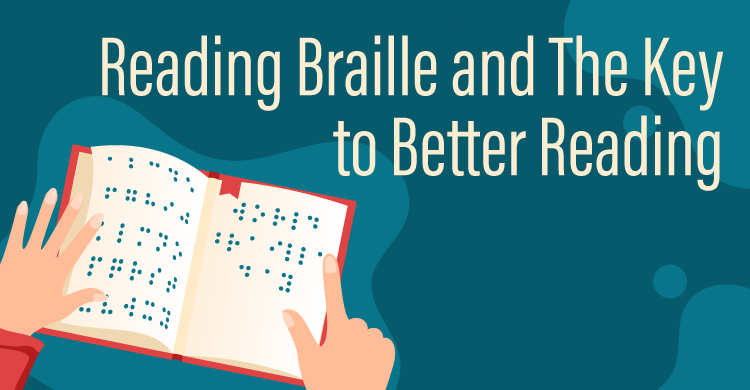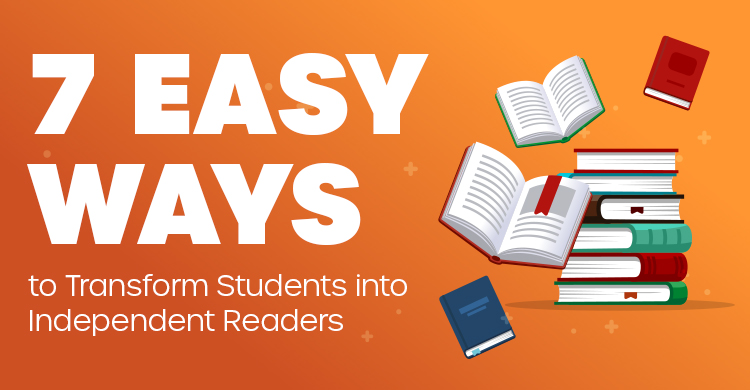Teaching students to write well seems a monumental endeavor. It involves many parts, such as teaching various genres and targeting specific ones as the basis for instruction, identifying the purpose of the task and the role it plays, and determining the audience to address. Based on the task, purpose, and audience, students must know how to structure their piece, what style and tone to adopt, and how to apply the writing process. They must learn how to give and receive feedback, and assess their own work so they can be clear about how their writing stacks up against the expectations, to then know where to put their energy for revision.
Many instructional strategies can support teachers in their quest to assist students in writing optimal pieces. One mainstay in teaching writing is the use of student and even published models. It is through examining and studying the way others craft their work that helps students self-assess and improve their own. Viewing strong and weak samples is necessary since they need to see the juxtaposition between them to call out what is missing or needs attention. Sharing these samples hones their skills at critiquing and also supports them in applying what they learn to their own work.
Before using student samples, it’s important to first identify a target skill that pinpoints the purpose for each student or published writing model you use in a lesson. Do not overwhelm students by asking them to critique writing models for several purposes, but rather, focus on one or two aligned standards-based skills from the rubric. Then find samples that feature this skill or companion skill. For example, if your students are studying fictional pieces, find stories in which dialogue and dialect are incorporated in a way that furthers the plot and reflects a particular culture effectively. Then find those with empty dialogue that is meaningless and does not contain any dialectical value to educate the readers on a character’s customs, beliefs, region of origin, or cultural identity.
Once you find the writing models, there are many opportunities to use it to further students’ writing capabilities. Here is just a sampling; any of these activity suggestions can be executed in pairs or small groups. Furthermore, you can differentiate by assigning appropriately challenging writing models to students as they do not all need to read the exact same piece.
- Students study two papers that each treat the skill differently—one writer employs the skill effectively and the other falls short, as mentioned earlier. Pose the question: “We’ve been working on ____ (parallelism, thesis statement, elaboration, or other skill). Study these two examples and find where the writer uses this skill. Then critique its effectiveness and be ready to share your thinking with others.”
- Give students two papers. One shows exemplary use of the skill and the other is completely void of the skill. Without divulging what the skill is, elicit from students which paper is more effective and their rationale. In discussing their reasons for the more effective paper, the intent is that they realize the importance of this writing technique. For example, share a paper that is bland and lacks figurative language and another that is replete with it without being overdone.
After students examine, critique, and discuss the use of a skill in an orchestrated activity, have them apply their learning by revising their own papers or practicing how to utilize the skill so they can become more adept at it.
Here are some resources you can access to gather samples to use in your classroom:
- Achieve the Core’s “Student Writing Samples” (http://achievethecore.org/category/330/student-writing -samples)
- Brown’s Student Learning Tools (www.mesacc.edu/%7Epaoih30491/StudentLearningTools.html)
- Common Core State Standards for English Language Arts and Literacy in History/Social Studies, Science, and Technical Subjects: Appendix C—Samples of Student Writing (www.corestandards.org /assets/Appendix_C.pdf)
- Holt, Rinehart and Winston’s “Holt Online Essay Scoring—Writing Prompts” (http://my.hrw.com /support/hos/host_models_list_Fall_2006.html#MSExpository)
- Literacy Design Collaborative’s “Student Work Samples” (https://ldc.org/resources#Student-Work -Samples)
- Oregon Department of Education’s “Writing Scored Student Work—High School” (www.ode.state .or.us/search/page/?=527)
- Oregon State University: Writing 121’s “Argument” sample essays and web resources (http://goo.gl /i5DR0t)
- Thoughtful Learning (https://k12.thoughtfullearning.com/resources/studentmodels)
[author_bio id=”201″]
Kathy Tuchman Glass






